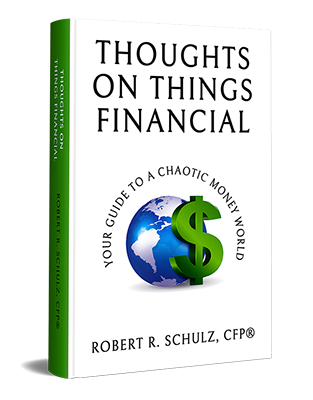
In the last four weeks something near the number of 26 million Americans have filed for unemployment. That is a crazy high number that has led to some eye popping GDP expectations for the quarter. Some reports expecting something near a 30% drop. A drop like we have never seen. But history tells us what is much more important than the quantified drop, is how long it takes to recover.
Bank of America posted some interesting research on how the length of past recessions has correlated with stock market declines. It sounds pretty intuitive when we say that the longer time we spend in a recession, the worse stocks perform. However, this sometimes clouds our view when we think about what a huge GDP drop 30% sounds like. From the actions we have seen in Washington, both on fiscal and monetary policy, the government seems pretty insistent on keeping this thing afloat to set up for the quickest possible recovery.
Many businesses have ground to a stop as a result of government policy which was obviously a direct link to the virus outbreak. There is precedent for policy greatly slowing down an economy, accepting the short term impact for a long term benefit (currently, shutting peoples normal lives off to stop the spread of a virus, and in turn saving lives). The 1982 Volcker Recession is an example. Here is an explanation form Josh Brown:
Like this recession, Volcker’s enforced economic slowdown was deliberately caused by policy. Inflation had to have its back broken to save the economy long-term, which meant that short-term it was necessary to throw America into a recession. The Fed Chair at the time, Paul Volcker, was absolutely convinced that taking short-term pain would be a necessary evil, and President Reagan, in his first term, went along with it.
I’m sure he wasn’t thrilled with the idea at the time, but it worked, fueling one of the longest expansions and bull markets in American history. With the exception of the 1987 crash (which did not spill over into the real economy) and the mild 1991 recession, America enjoyed nearly uninterrupted prosperity and stocks rallied from 1982 through the beginning of 2000. Volcker’s courage and foresight have since gone on to become legendary in the annals of Federal Reserve history.
There is also some additional insight to how policy intervention and a huge spike in unemployment is somewhat representative of what was seen in 81- 82 explained by Spencer Hill of Goldman Sachs:
Over the last 50 years, the three recessions with the highest share of temporary layoffs were followed by the fastest labor market recoveries (both absolutely and relative to consensus forecasts at the time). The labor market rebound was particularly robust after the 1981-82 recession (or “Volcker Recession”), in part because many of the 2½ million temporarily separated workers were rehired once the Fed reversed course. Indeed, nearly half of the 1983 labor market recovery reflected jobs returning to the same factories, retail stores, and homebuilders that lost them.
Tying this together, we have seen unemployment spike before as a result of policy and once we were able to get past the short term problem, there was a longer term benefit and people went back to work in droves. The restaurants, bars and retail businesses who have had to let people go will hopefully rehire those same people as their businesses start back up. This does remain on some levels dependent on the government keeping business in business. The policy has been rolled out, but there has been a lot of questions on the execution of the policy. Funding may not have hit bank accounts yet, but creditors would rather end up with everyone’s belongings rather than their repayments, I expect them to continue working with owners until things get further sorted out.

